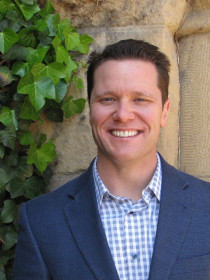
Tomas Roberto Jimenez
Connect with Tomas
About Tomas
Jiménez's research and writing focus on immigration, assimilation, social mobility, and ethnic and racial identity.
In the News
Publications
Shows how the settlement of a large number of high-skilled Asian immigrants can reconfigure the ethnoracial hierarchy. In important areas of life, like education, this immigrant presence can change the meaning and status of ethnoracial categories: “white” comes to stand for academic mediocrity, while “Asian” represents high achievement.
Compares the household characteristics of post-1965, second-generation Latino and Asian children in 1980 to a “new third-generation” in 2010, a generation later. Works to inform a larger research agenda for studying the new third generation.
Draws on fieldwork among African Americans in East Palo Alto, California, a Black-majority-turned-Latino-majority city, to examine how African Americans construct multiple symbolic boundaries in the context of a Latino-immigrant settlement. Discusses how the ability to speak English and long-time residence in the neighborhood are important factors facilitating ties and cooperation across ethnoracial boundaries.
Explains how established Americans undergo their own assimilation in response to profound immigration-driven ethnic, racial, political, economic, and cultural shifts. Illuminates how established Americans make sense of their experiences in immigrant-rich environments, in work, school, public interactions, romantic life, and leisure activities. Reveals how immigration not only changes the American cityscape but also reshapes the United States by altering the outlooks and identities of its most established citizens.
Examines theories of racialization and assimilation in regards to the position of immigrant-origin populations in American society – and finds reason to think that heterogeneity, for Mexican Americans at least, is increasing in the twenty-first century.